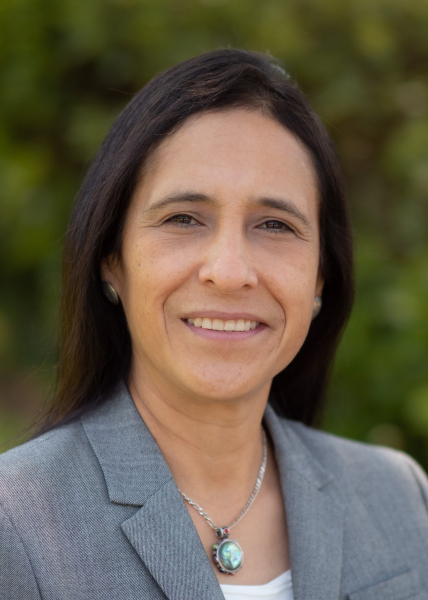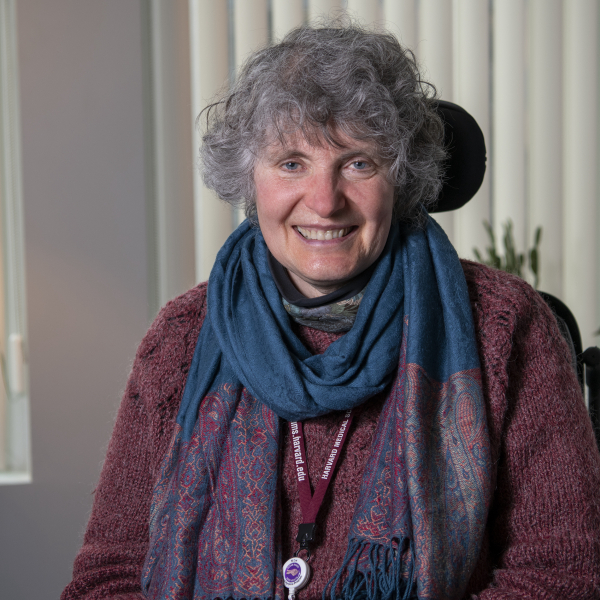
Most people want to feel energized and experience a sense of vitality. In the 1970s, Dr. John Travis created a spectrum of wellness, with illness on one side, a point of neutrality in the middle (when a person has no signs or symptoms of disease), and on the other side wellness.
Wellness is a state of health and flourishing beyond simply not experiencing illness. In this state people feel confident, open to challenges, curious, and thirsty for action. They are thriving. People who experience wellness may seek to hike a mountain, read a new book, learn how to play a new instrument, or actively connect with new people.
The most common health conditions facing people today include heart disease, stroke, diabetes, and cancer. When people are experiencing these (and other) conditions, they fall into the illness side of the spectrum. Lifestyle factors that put you at risk for developing these conditions include smoking, alcohol substance use disorder, lack of exercise, sleep deprivation, and a diet rich in processed foods, sugar, saturated fat, and artificial flavors. An unhealthy weight is another factor that can put one at risk for these conditions, especially carrying extra weight around your midsection.
To move to the wellness side of the spectrum, you can include more movement in your day; enjoy a whole-food (unprocessed), plant-predominant style of eating; avoid smoking; sleep seven to nine hours a night; practice stress reduction techniques like deep breathing, yoga, meditation, tai chi, and mindfulness; and spend time with family and friends.
Think about what your body can do for you — and what you can do for your body
People of many sizes and shapes can be healthy and well, especially when they are connected to a calm mind that is practicing mindfulness, self-compassion, and a growth mindset. A body that is in the neutral point on the wellness spectrum can move to the side of thriving and flourishing when healthy lifestyle habits are adopted and sustained, and that has little to do with your body’s shape or size.
The body neutrality movement emphasizes the incredible functions, actions, and physiology of our bodies without regard for how our bodies look. We can see, hear, smell, taste, and feel. We can jump, skip, sing, hug, and dance. Our muscles have mitochondria that give us energy.
Our digestive system is one example of the wondrous process of the body. The digestive system has billions of microbes living in it that help us to ferment fiber from vegetables, fruits, and whole grains, and create short-chain fatty acids that help us with energy metabolism, glucose metabolism, lipid metabolism, inflammation, immunity, and more. This is why it’s important to eat fiber, including whole grains, vegetables, and fruits.
Connected to our bodies are our brains, and they are full of neurons (brain cells), synapses (connections), neurochemicals, and hormones that help to protect brain cells and make new ones. Moving our bodies helps to increase these chemicals. In addition, moving our bodies regularly helps us to increase serotonin, which may help us feel less anxious and depressed. Hugging increases oxytocin in the brain, and this “love hormone” helps us feel a sense of belonging and bonding. The body’s actions have a powerful impact on the brain, and vice versa.
Body positivity versus body neutrality
Body positivity is a movement that invites people to appreciate the body size and shape they have now without worrying about unrealistic body standards. With body positivity, society’s unhealthy standards for body shapes and sizes are challenged. It’s also important to remember that cultural norms and what’s considered an ideal body change with time.
The goal with body positivity is to honor and appreciate all body types, especially your own body. Feeling confident about the way you look feels good and can be empowering.
With body neutrality, the focus is on the function of your body: finding happiness and fulfillment, appreciating the power of our muscles, the strength of our bones, the protection our skin offers, and the rewards of the dopamine system in our brains. Connecting with friends and family, reaching small, meaningful goals, and enjoying physical activity are healthy ways to approach your body. A focus on finding pleasure in the wellness journey will serve your body — at any size — and your brain.
Remember all the things your body can do for you
- Transport you from one place to another (quickly or slowly)
- Release neurochemicals that give you pleasure, like from hugging a loved one
- Move your arms and/or legs with joy following the rhythm and beat of music
- Take deep breaths to calm your mind
- Perform stretches that release endorphins
- Practice yoga, tai chi, or qigong, which can help calm the body and mind.
About the Author

Elizabeth Pegg Frates, MD, Contributor
Elizabeth Pegg Frates, MD (Beth) is a pioneer in lifestyle medicine education, and an award-winning teacher at Harvard Medical School as well as Harvard Extension School. She currently practices lifestyle medicine through her health and wellness coaching company, Wellness Synergy, LLC. Beth graduated magna cum laude from Harvard College, majoring in both psychology and biology. She then attended Stanford Medical School, interned at Massachusetts General Hospital, and completed her residency in the department of physical medicine and rehabilitation at Harvard Medical School, where she served as chief resident. After residency, Beth focused on stroke and specifically stroke prevention. After co-authoring a book titled Life After Stroke: The Guide to Recovering Your Health and Preventing Another Stroke, Beth spent a great deal of time lecturing and writing about health and prevention topics, including nutrition and exercise. Fascinated by how to empower people to adopt healthy habits, Beth pursued further training in behavior change through coaching programs and motivational interviewing courses. Beth has co-authored papers and book chapters on behavior change. In 2008, Beth developed the concept of a lifestyle medicine interest group (LMIG) and has been successfully running one at Harvard Medical School since that time. These LMIGs offer a parallel curriculum for students interested in healthy habits to learn about basic concepts in lifestyle medicine through “lunch and learn” lectures. As board liaison for the Professionals In Training (PiT) program at the American College of Lifestyle Medicine (ACLM), Beth has created standardized PowerPoints on Lifestyle Medicine Basics, Exercise Prescription, Nutrition, and Behavior Change for faculty and students wanting to launch their own LMIG at their school. These are available on the ACLM website. Since 1996, Beth has been on faculty at Harvard Medical School and has won multiple teaching awards for her work in many different pre-clinical core courses including nutrition, musculoskeletal system, central nervous system, endocrine system, and introduction to the professions. She is an assistant professor (part-time) at the Harvard department of physical medicine and rehabilitation. Most recently, Beth created an entire college curriculum on lifestyle medicine for a Harvard Extension School undergraduate and graduate-level course, which many physicians and pre-meds have taken each year. This is the first full-semester lifestyle medicine course offered at Harvard University. Beth received an award for her teaching in this course as well, and the course was chosen as a case study for successful courses at the Harvard Extension School. Merging her training in physical medicine and rehabilitation with her training in lifestyle medicine and coaching, Beth has developed novel wellness programs for stroke survivors and their caregivers based on lifestyle medicine principles (nutrition, exercise, stress reduction, connection). Currently, Beth serves as the director of wellness programming at the Stroke Institute for Research and Recovery at Spaulding Rehabilitation Hospital, a Harvard Medical School affiliate. View all posts by Elizabeth Pegg Frates, MD




